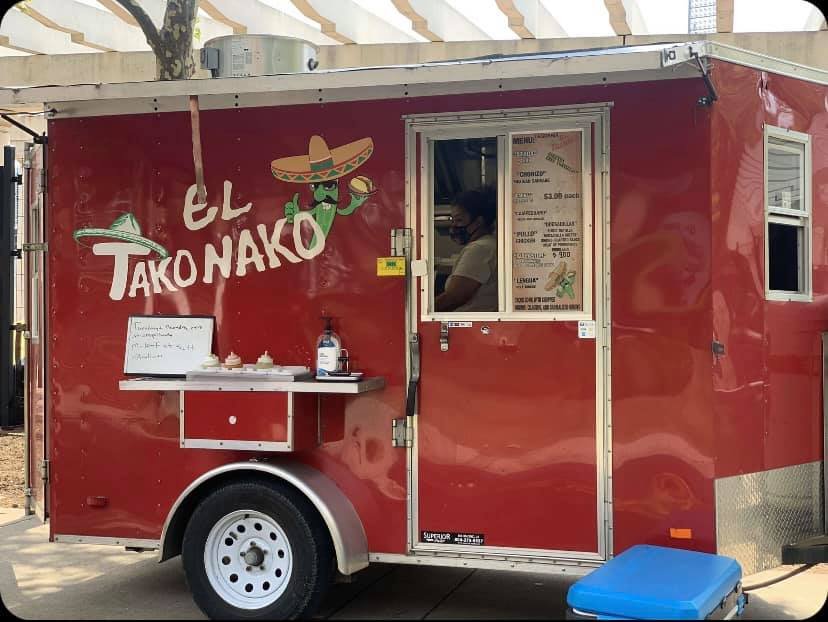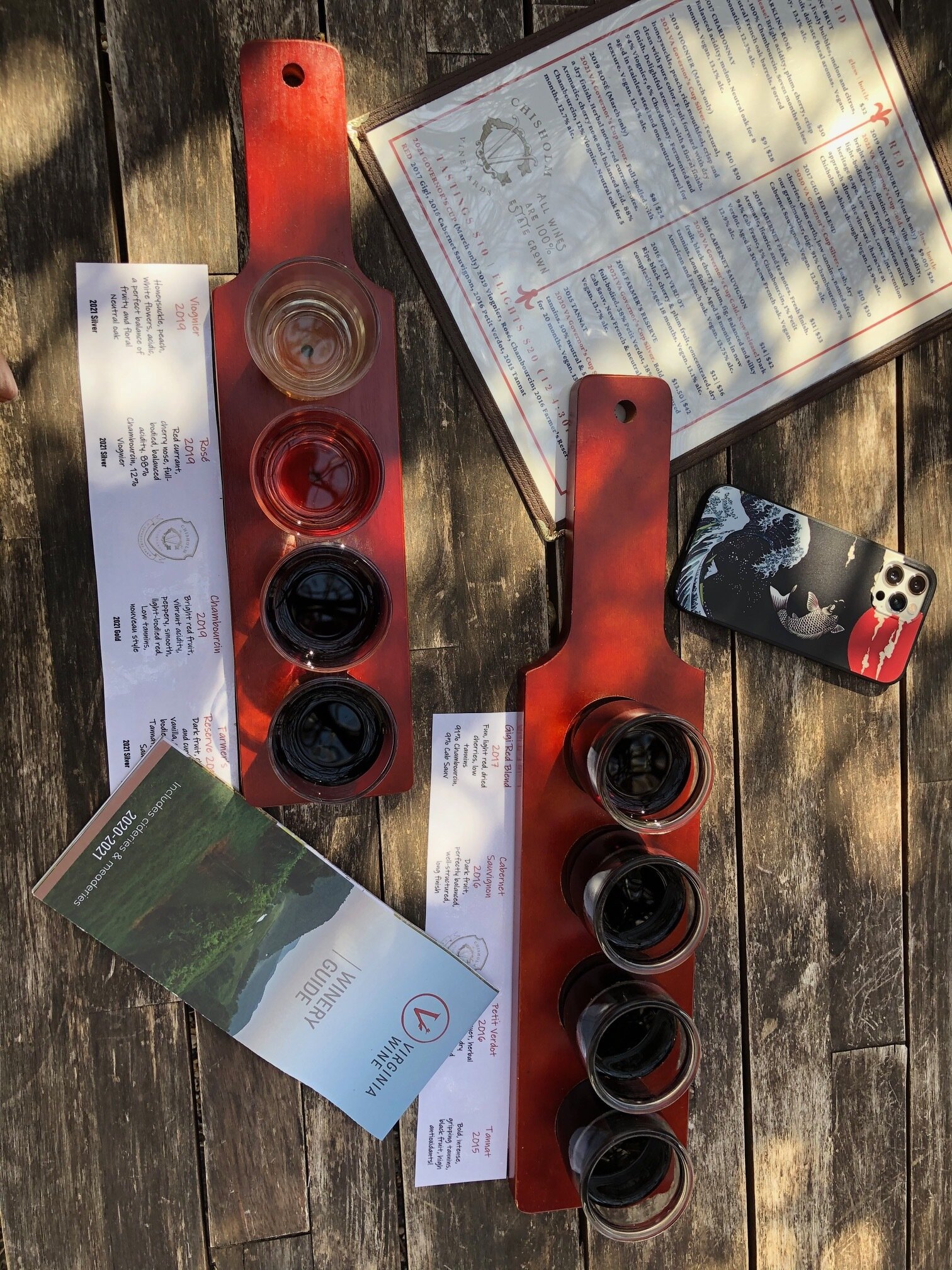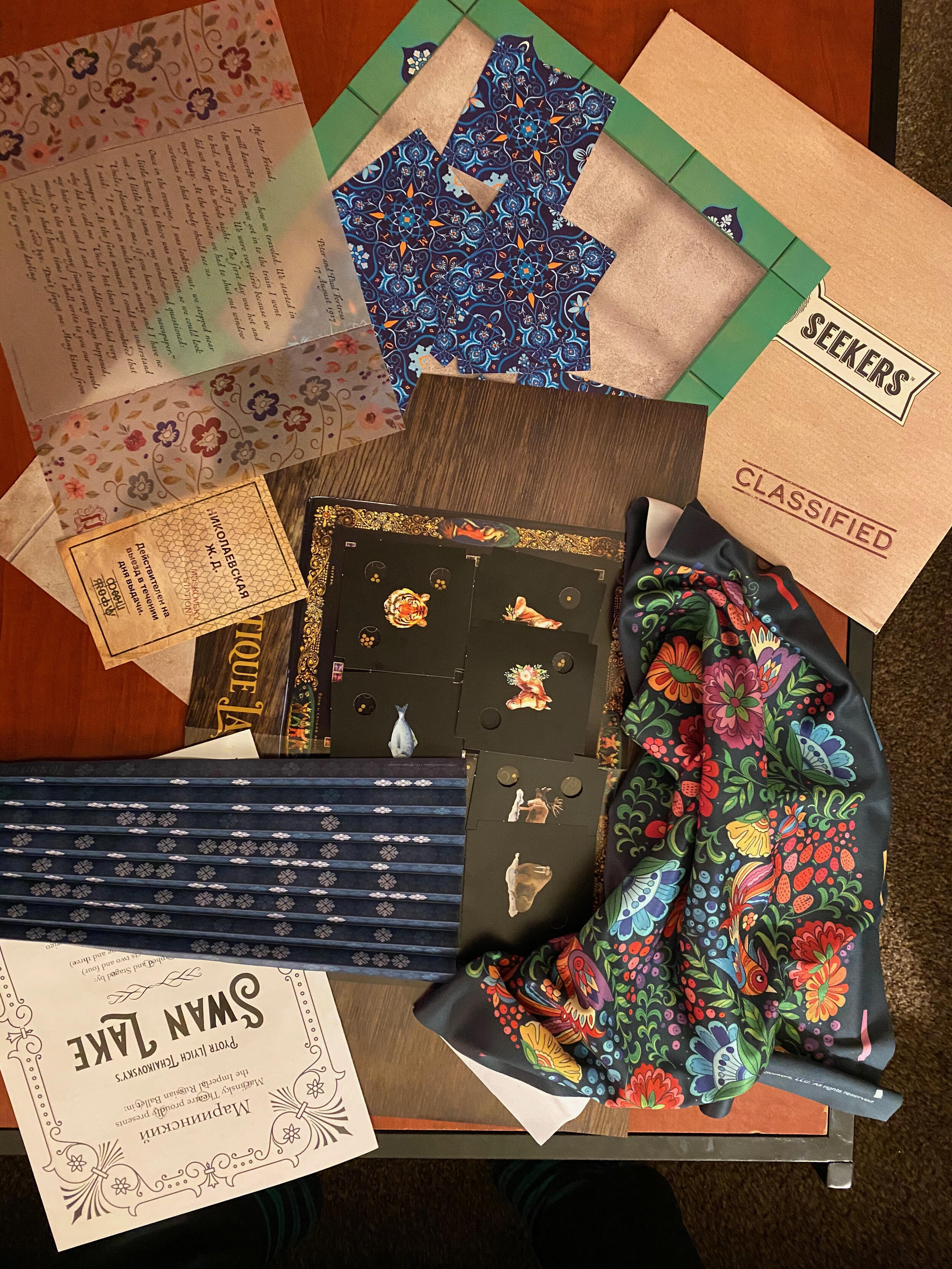Drew Calamaro ‘21
Satire Editor
I am sitting in the McDonald’s parking lot questioning my choices. Why on earth did I agree to write this article? Why would I choose to try the McDonald’s chicken sandwich, the forbidden fruit, that which I had promised to never review ever? I look away—the parking lot is relatively empty on this Easter Sunday. All the better, for I am about to do that which is most unholy—consume a McDonald’s chicken sandwich. I think about my personal life decisions one more time and dive in.
But before I commit that act of terror on my body, I want to discuss my past chicken sandwich articles. Given the current climate, I think it is incredibly healthy to go back and review all of the jokes I have made that were funny at the time and apologize for them now. So without further ado, I would like to apologize for the following jokes.
On The Whiskey Jar using a FRENCH Brioche Bun: “Folks, I haven’t seen appropriation like this since Ruth Bader Ginsburg stole Barry Goldwater’s glasses.”
On The Fitzroy using two fried chicken thighs: “getting a pair of thighs covered in honey and hot sauce to the face is not exactly a good time.”
And I also apologize for rating Chick-fil-A number one in my previous rankings. Please see the updated rankings below for the revised number.
BJ’s
We find ourselves at BJ’s Taphouse. The name alone should clue you in that this is going to be invariably disappointing. Is there nothing more depressing than a corporate taphouse? Not good enough to be a corporate steakhouse (see Tim Dillon corporate steakhouse), not bad enough to be a Five Guys or something similar to that. No, the corporate taphouse is possibly the most depressing version of Americana there is. BJ’s represents it through and through. The 140+ items on the menu tell you “God is dead and we won’t spend time doing any one thing right, but we’ll just throw the kitchen sink at your fat mouths and see what lands.” Meanwhile, the place is dark and cold in the middle of the day, which to me is the opposite of what a taproom should be.
Never mind that, however. I got their classic chicken sandwich, which has fried chicken, honey mustard,[1] lettuce, tomatoes, and dill pickles, on a toasted parker house bun. This is, indeed, a classic version of a chicken sandwich, widely recognized by many. It’s the equivalent of someone trying to sing words to a song they only kind of know, or Libel students trying to be funny. It’s almost there, but off in every way. This was a crude imitation of the real thing and lives up to the BJ’s brand completely. If you want “good enough,” if you think that is all we are as Americans,[2] I recommend this.
The bun stinks, the pickles were tasteless, and iceberg lettuce, the polyester of vegetables, should only be used when absolutely necessary. I rate this a 75/140+ items on the menu. Onto the next BJ.
The Southern Comfort BJ
As if the classic fried chicken sandwich wasn’t enough—and it never is at BJ’s (140+ menu items)—they have decided to place smoked ham, applewood smoked bacon, creamy alfredo, swiss cheese, and Dijon mayonnaise on top of their fried chicken sandwich as well. What began as an innocent exercise in imitating a classic has turned into a nightmare of unnatural cultural fusions that were born of greed and a corporate desire to capitalize on the nostalgic tastelessness of the average American consumer. We deserve this. This is who we are, at the end of the day.
Much like being a law student during a pandemic, where you are asking yourself “Am I really paying for this?” and then you continue doing so anyways, the Southern Comfort BJ is there for you to give up on fighting for something better. Who are you to question the opaque decisions of a BJ’s corporate conference room where the menu is decided, or the UVA administration’s many opaque decisions over the past year? Nobody, that’s who. Eat your sandwich and be glad you get anything at all. I rate this a one vaccine out of two doses.
McDonald’s
With that out of the way, I will review the McDonald’s chicken[3] sandwich. It sat there in my car, and I looked at it. But as I brought it to my mouth, the Holy Spirit came over me and caused me to throw it in the trash. “Man was not meant to eat McChickens,” it said to me. I cried out of happiness, for I had been saved from the evils of the McChicken, and all of its cursed ingredients. Let this be a warning for all those who read this—God did not intend for the McChicken to happen. It is an abomination.
Final Final Rankings:
Chick-fil-A
Taste: 66/66 books of the Bible
Problematicness: None—one-way ticket to heaven
Godliness: 1000% (see I told you I revised the rankings).
The Fitzroy:
Taste: 9.1/10
Problematicness: 9.1/10
Michael’s Bistro:
Taste: 177/180 LSAT
Problematicness: 3.54 GPA
Iron Paffles:
Taste: 173/180 Press Freedom Index
Problematicness: 147/180 (still very high!)
Whiskey Jar
Taste: 10/12 eggs
Problematicness (Brioche tastiness): 47/50 freedom fries
Draft Taproom:
Taste: Louis XII/Louis XVI
Problematicness: Louis XVI/Louis XVI
Zinburger
Taste: 3.5/5 stars (Southwest airlines food rating)
Problematicness: 3.5/5 stars (Id.)
BJ’s Classic fried chicken
Taste: 75/140+ items on the menu
Problematicness: Just eat it
BJ’s Southern Comfort
Taste: 1 vaccine dose out of 2
Problematicness: Id.
Cookout
Taste: 163 LSAT
Problematicness: Tune in next week!
McDonald’s (unranked)
---
dac6jk@virginia.edu















